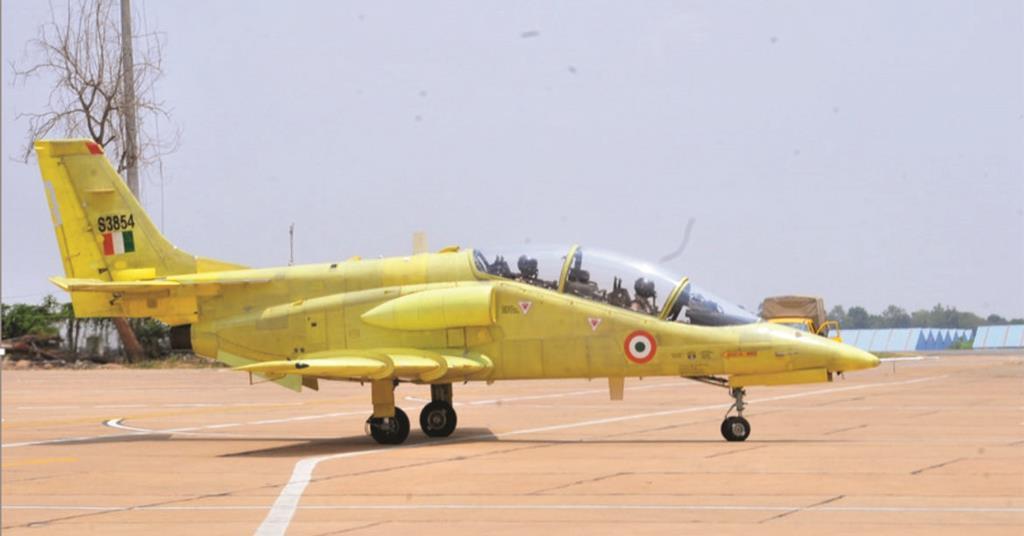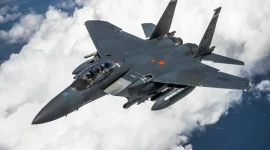- Views: 3K
- Replies: 34

Hindustan Aeronautics Limited's (HAL) troubled HJT-36 Sitara intermediate jet trainer (IJT) program appears to be on the cusp of a major breakthrough, with final clearance anticipated later this year. This development would pave the way for user trials with the Indian Air Force (IAF) and potential mass production.
The Sitara, designed to replace the IAF's aging HJT-16 Kiran trainers, encountered a significant setback in 2017 when it failed crucial spin tests. These tests assess an aircraft's ability to recover from potentially dangerous spins, a maneuver novice pilots might inadvertently initiate.
In response, HAL implemented modifications to the tail and rear fuselage sections of the HJT-36, aiming to resolve the spin test issues. These changes, coupled with the need to update the aircraft's avionics suite, necessitated a new round of certifications, causing further delays.
However, sources within HAL indicated that the major obstacles have been overcome, with only a few developmental tests remaining. HAL officials are optimistic about completing these tests soon, clearing the path for user trials with the IAF.
Successful user trials could lead to clearance for the production of the HJT-36, with the IAF reportedly interested in procuring up to 70 units to replace its aging Kiran fleet.
The potential induction of the HJT-36 would mark a significant milestone for India's domestic defense industry. Not only would it provide the IAF with a modern trainer aircraft, but it would also demonstrate HAL's capability to address technical challenges and successfully deliver on complex projects.
Additional Open-Source Information
- The HJT-36 Sitara is a subsonic intermediate jet trainer aircraft designed and developed by HAL's Aircraft Research and Design Centre (ARDC).
- It features a conventional low-wing design with tandem seating and is intended to train pilots in various flight maneuvers, including air-to-air combat and ground attack.
- The aircraft has been plagued by delays and technical challenges since its inception in 1999, but recent developments suggest it may finally be nearing completion.

